Articles
May 02, 2025
The Crisis of Traditional Education in the AI Era:
The Myth of Useless Knowledge and the Reality of AI Replacement
As artificial intelligence advances at an unprecedented pace, human society is undergoing a disruptive transformation in knowledge and skills. The rapid development of AI is not only reshaping production methods but also directly influencing educational models and the job market.
Traditional formal education has long served as a pillar of social development, equipping students with knowledge to survive and thrive. However, under the backdrop of the AI era, its limitations and lag have become increasingly apparent. AI often surpasses human beings in both the efficiency and effectiveness of acquiring knowledge, leading to widespread job displacement as many roles are replaced by machines. This article explores why traditional education struggles to cope with this transformation and how digital natives of the AI age can better adapt to new ways of learning.
1 The Explosive Rise of AI: A Disruptive Development Beyond Expectations
The speed of AI development has exceeded all predictions. From handling simple tasks in its early stages to now performing complex reasoning and creative tasks, AI has demonstrated powerful learning and adaptability. It can process tasks in a fraction of the time humans need—tasks that would take days or even weeks for people—and it has the ability to self-learn and adapt at a pace far beyond human capability. Moreover, AI can instantly adjust and optimize solutions based on demand, while traditional education systems struggle to cultivate talent with such responsiveness.
For example, in competitive coding, O3 has already surpassed its creators in logic and problem-solving. In Codeforces competitions, O3 achieved a rating of 2727, ranking 175th in the world—higher than OpenAI’s chief scientist, who ranks around 200th. In the notoriously difficult Frontier Math competition, which emphasizes advanced mathematical reasoning, O3 achieved an accuracy rate of 25%, while GPT-4 only scored 2%.
More impressively, current AIs are showing reasoning capabilities beyond the average human. The ARC-AGI benchmark is designed to evaluate general intelligence, specifically creative and abstract reasoning—traits typically unique to higher-order intelligent beings. In 2020, GPT-3 scored near zero in deep reasoning on this test. GPT-4 later reached 2 points, but within just 18 months, O3 achieved an astonishing 87.5 points. Considering that the average human scores between 70–80 points, this indicates that AI has already matched or surpassed human-level analytical and reasoning abilities.
The exponential growth of AI suggests that it will continue to break boundaries and quickly take over more fields of human labor.
2 The Collapse of Knowledge Capital in Traditional Education
Traditional education emphasizes systematic and linear learning designed to cultivate fixed skills and knowledge. However, with AI’s rise, many jobs that previously required human input have been automated, rendering much of traditional education’s content increasingly obsolete.
One of the core problems is the slow update cycle of traditional education. For example, it often takes years to update university textbooks. As AI researcher Yuval Harari has pointed out, “AI is accelerating the pace of change in the world.” The harsh reality is that most university majors will likely be replaced by AI in the near future, making their knowledge irrelevant. Students are essentially trained to become cogs in an industrial machine—yet the machine itself no longer exists.
3 The Future of Education: AI-Led Learning Models
With the widespread adoption of AI, traditional educational models are on the brink of major transformation. For digital natives born into the AI era, finding a new learning algorithm is essential.
Here are six core principles that AI-native learners must embrace:
3.1 Efficient Access to Cutting-Edge Knowledge
In the AI era, relying solely on textbook knowledge is insufficient. Staying up-to-date with the latest global trends and technologies is vital to remain relevant. Understanding AI’s current capabilities, limitations, and potential applications is the key to leveraging it and identifying new opportunities for innovation or entrepreneurship.
3.2 Customized Learning Paths
AI has changed the very foundation of how and why we learn. Traditional education relies on standardized content and exams. In contrast, AI makes personalized, interest-driven, and dynamic learning possible. Learners should adjust their learning content based on personal interests and real-world challenges, enabling a nonlinear and in-depth exploration across disciplines.
3.3 Diverse Learning Methods
To gain broader and more current knowledge, AI natives must learn through multiple channels. This includes news, social media, academic journals, conferences, project-based learning, and expert interviews. Combining these sources allows theory to meet practice, deepening understanding and improving adaptability. AI can assist in collecting, organizing, and synthesizing this information, significantly boosting learning efficiency.
3.4 Social Networking and Relationship Building
In the AI era, knowledge is not isolated—it spreads through networks. AI-native learners must actively engage with online and offline communities, attend forums and conferences, and interact with experts and peers. These connections not only provide learning opportunities but also lay the foundation for future collaborations, startups, and innovation.
3.5 Practicing with AI
AI is inherently a tool designed for practical application. Learners should treat AI as an employee while they take on the role of the boss. This means using AI for experimentation, idea validation, and iterative product development. AI can help design prototypes, analyze data, simulate outcomes, and even generate reports. The hands-on use of AI enables deeper understanding and cultivates real-world problem-solving and innovation skills.
3.6 Cross-Disciplinary Integration
AI is not just a technological advancement—it’s a bridge for interdisciplinary innovation. Digital natives must develop the ability to merge AI with fields like psychology, design, economics, medicine, and more. Cross-disciplinary thinking enables breakthrough solutions to complex problems and opens doors to emerging fields.
4 Conclusion: A Call for Educational Transformation
The rapid advancement of AI is disrupting traditional education, rendering many knowledge systems and skillsets outdated. What was once considered a core competency is now being performed more efficiently and accurately by machines. To stay relevant in the AI era, education must shift toward more flexible, personalized, and interdisciplinary learning models tailored for AI-native learners.
Only by embracing this transformation and leveraging AI’s strengths can individuals rediscover their value, gain fulfillment, and thrive in the new era.




